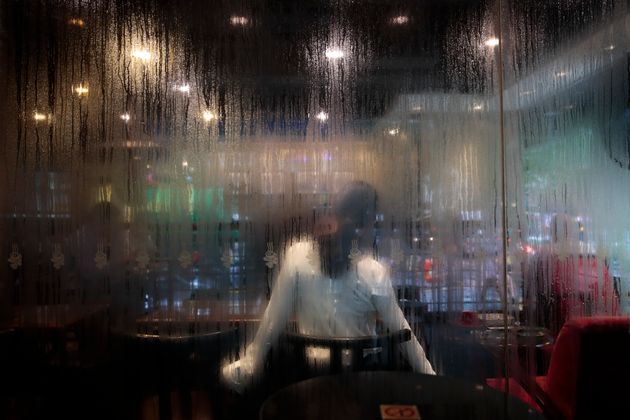
As we head into winter, those annoying droplets on your window become as much a fact of life as red noses, chilly hands and dark mornings.
It’s often especially bad when you first wake up, as the heat from your breath has lingered for hours over the cold glass.
DIY retailer Screwfix explains: “When this collision happens, the air reaches its ‘dew point’, where the moisture held in the warm air condenses and merges to become visible water droplets.”
That water can damage the sealant and frames surrounding windows, they add ― so it’s a good thing this 10-second trick can help to keep your panes drip-free.
The secret’s in the curtains
“Closed curtains are great draught excluders, but they also prevent the windowpane from being warmed up by central heating,” Screwfix explains.
“This makes the glass colder than it could be, therefore causing condensation.”
Redditor u/northyclippers shared a post complaining about the issue years ago, writing that they had “heaps more window condensation” since they installed thermal curtains.
To resolve the issue, Screwfix recommends keeping your curtains open overnight if possible. If not, thinner curtains might trap less moisture.
Double-glazed windows tend to fare better than the single-paned kinds, they add, as the layer of air sandwiched between two panes acts as a surprisingly good insulator.
Are there other tricks?
Not everyone’s going to want to leave their curtains open as they sleep, especially if you live in a cold, draughty home.
Window company Stanek Windows shared tips on how to keep your windows free from condensation during the coldest months, including:
- Turning down any humidifiers
- Buying a dehumidifier
- Using bathroom and kitchen fans when cooking or showering
- Opening windows throughout the day
- Adding weather stripping seals to contain warm air, and
- Moving plants away from your window, because they contain moisture.
You may also want to reconsider drying clothes indoors, as this can trap more steam in your home ― especially if you’re relying on radiators.


